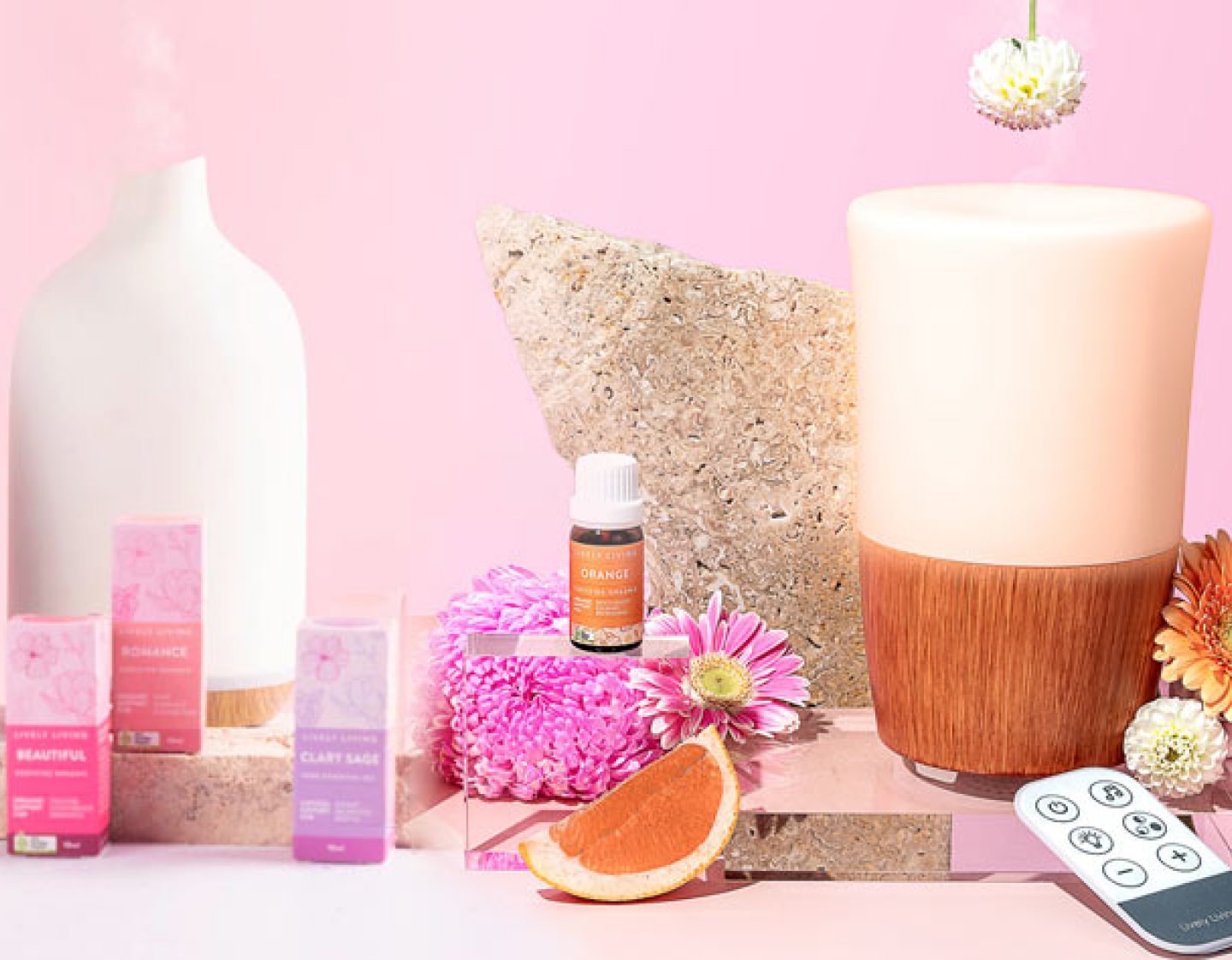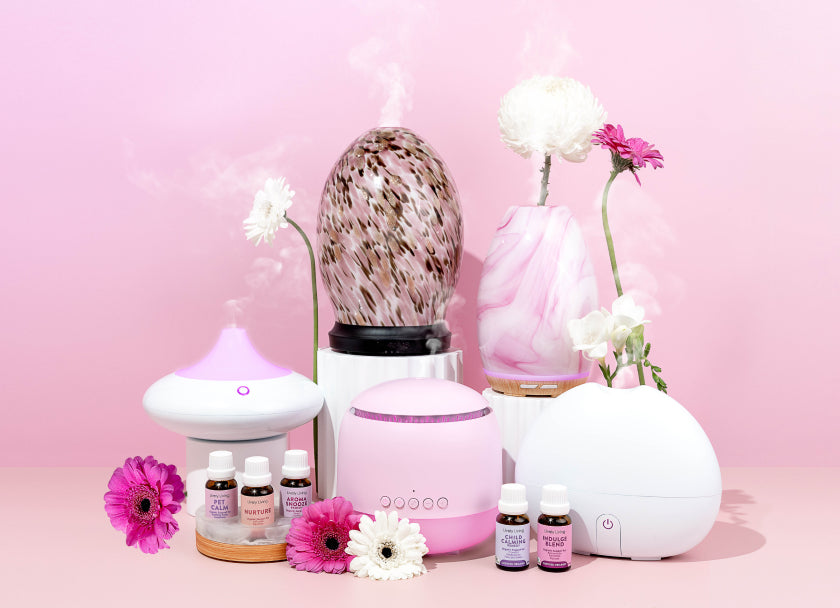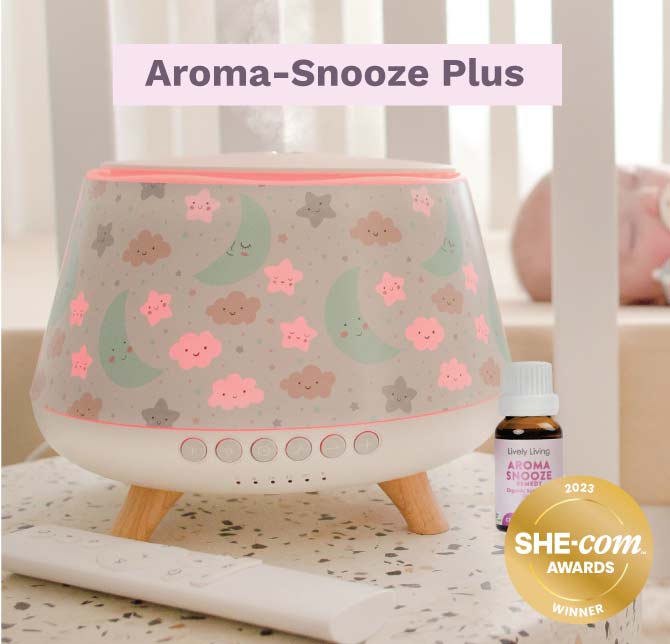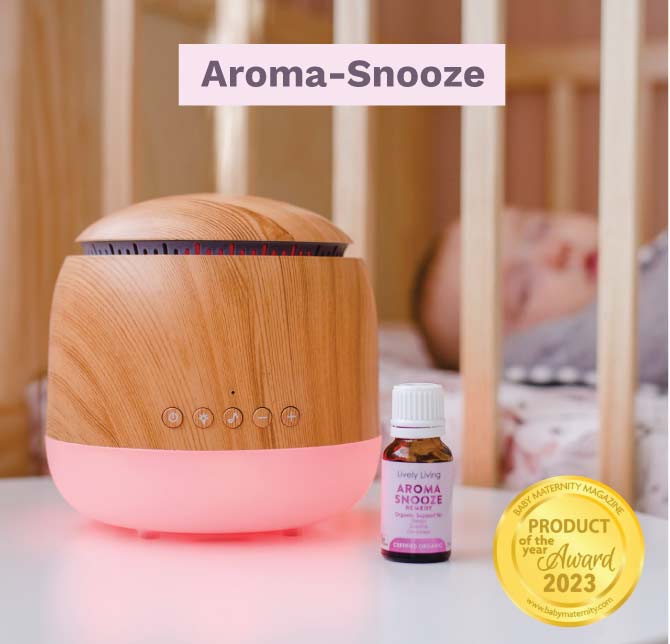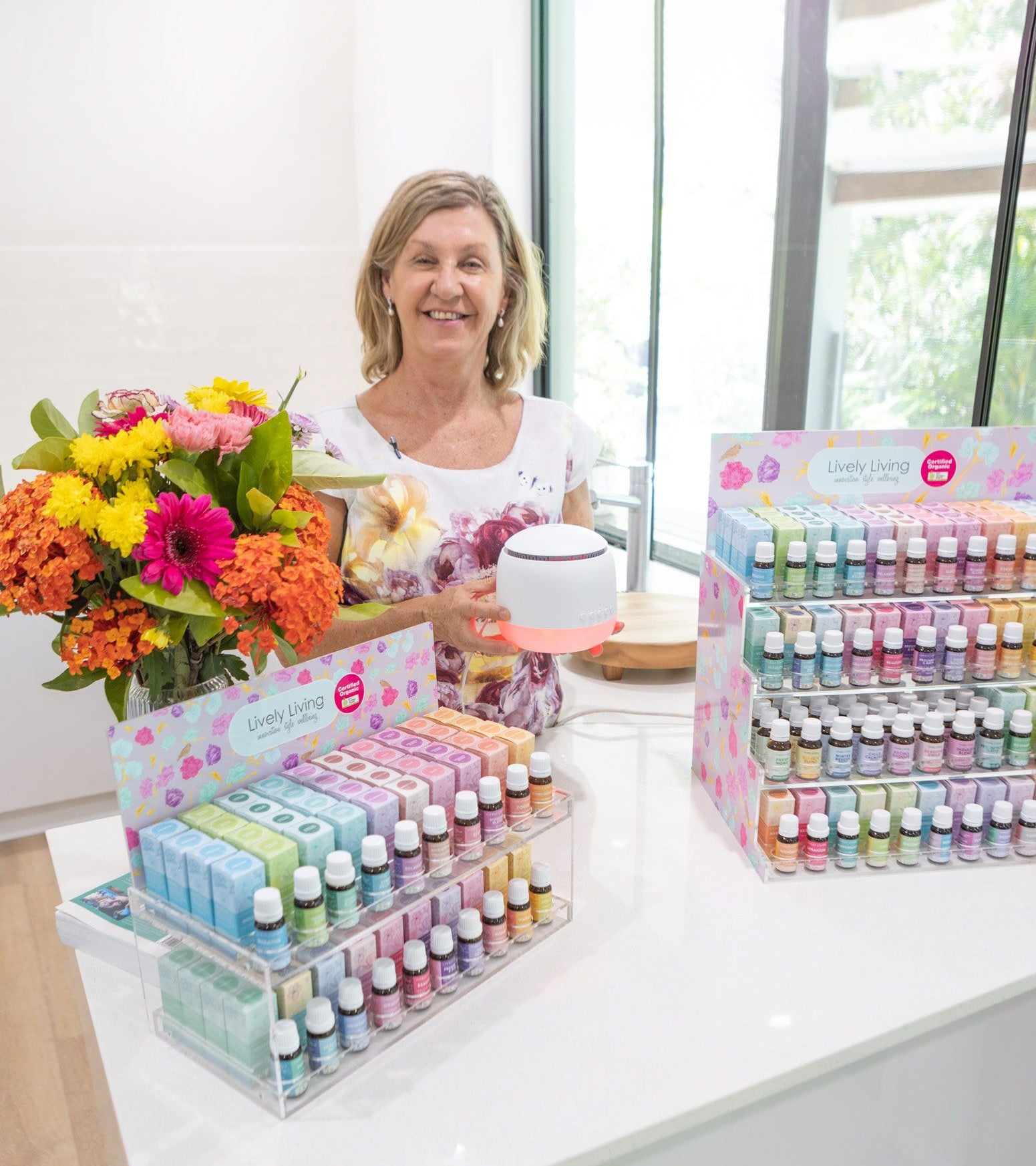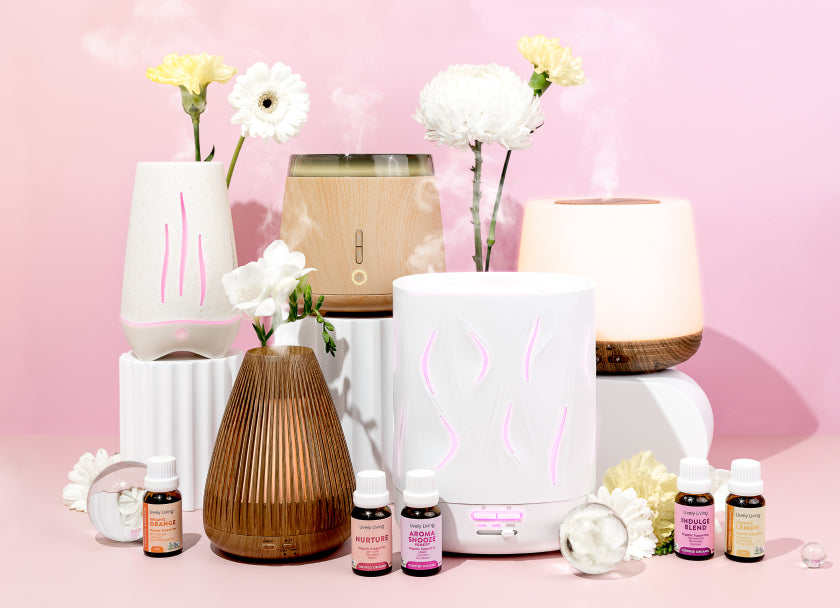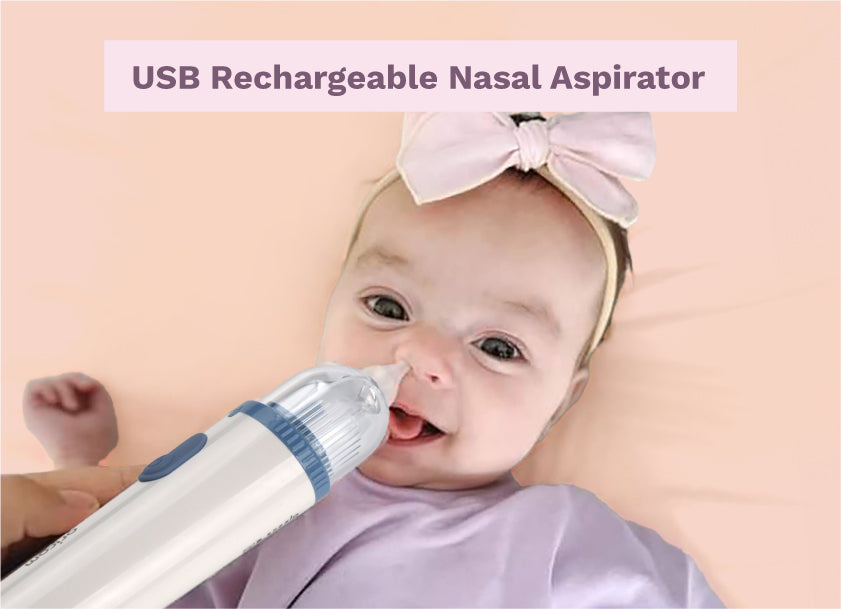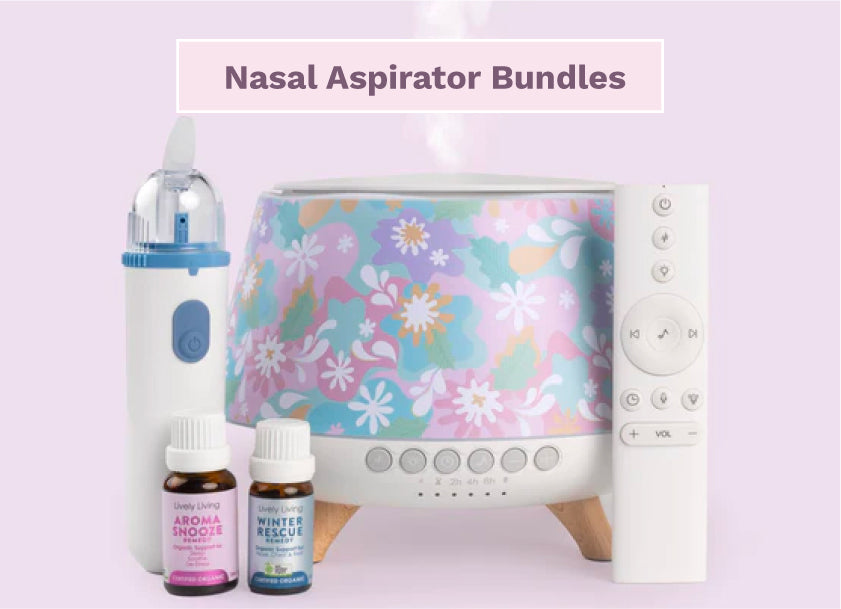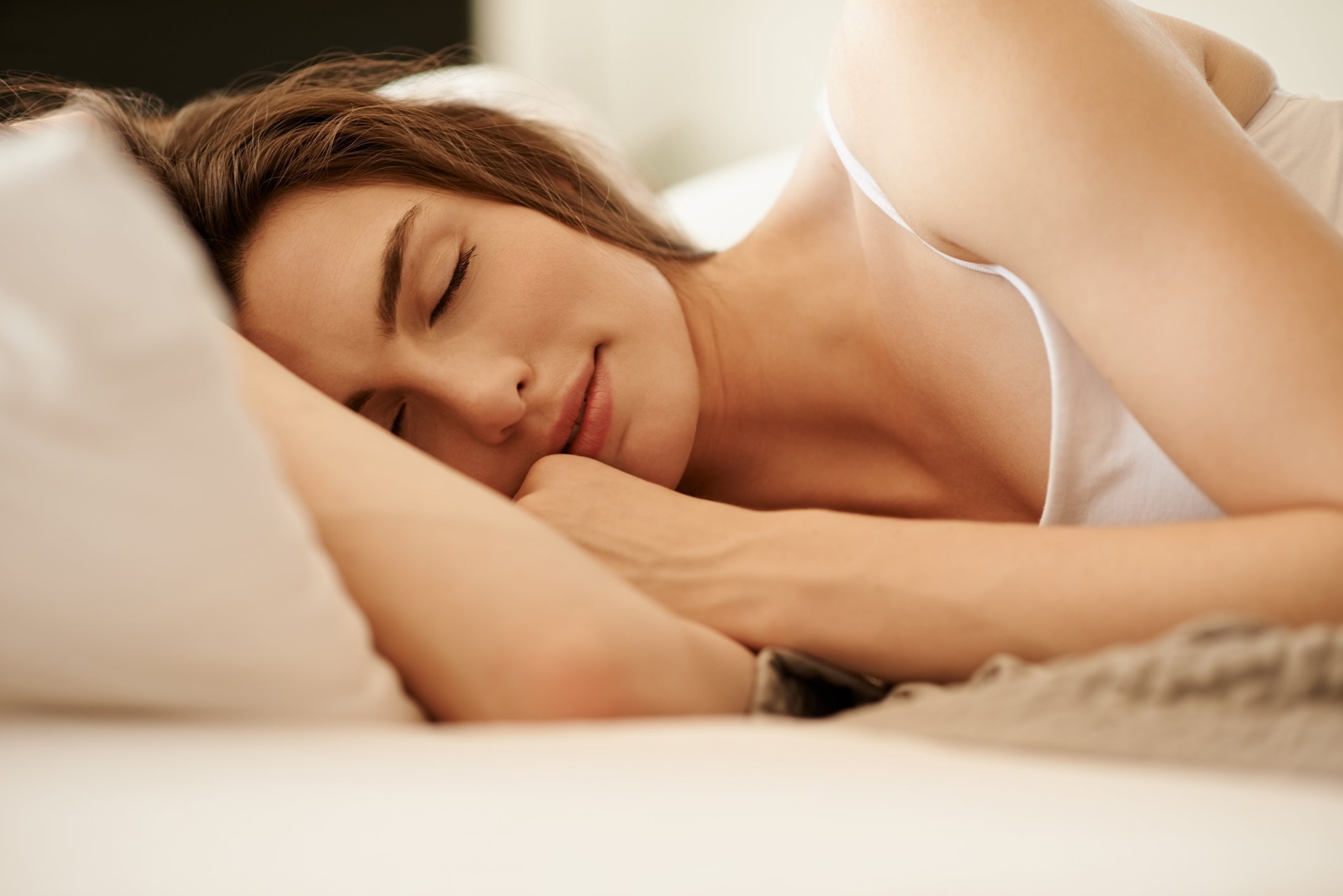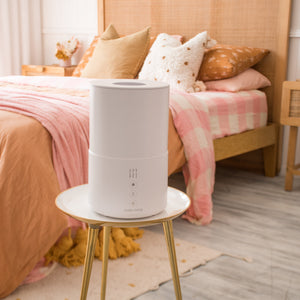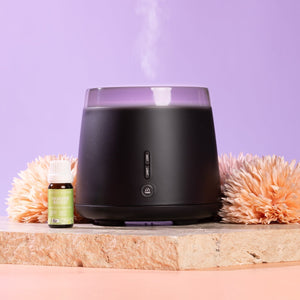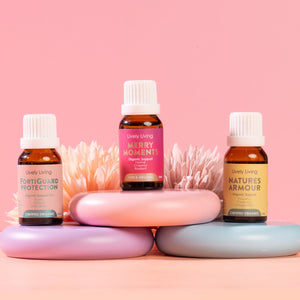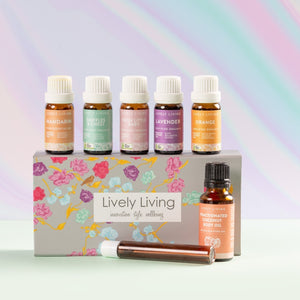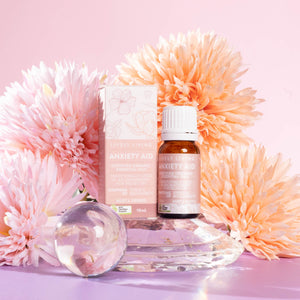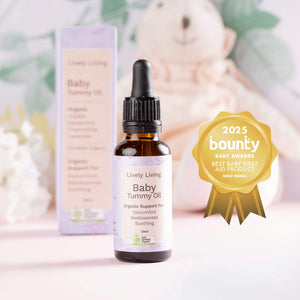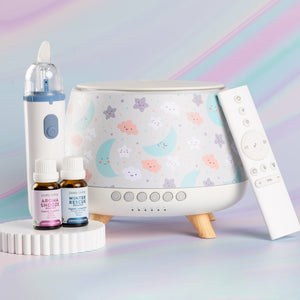How to Make a Sleep Room Spray with Essential Oils
That feeling of staring at the ceiling when you know you should be sleeping is the worst. You have tried everything, from counting sheep to changing your bedtime routine. But what if a simple spritz of a beautiful scent could help you drift off?
You will learn exactly how to make a sleep room spray using just a few natural ingredients. It is surprisingly easy, and making your own means you know precisely what is in it. This guide shows you how to make a sleep room spray that can become your new favorite part of winding down for the night.
Table Of Contents:
- Why a DIY Sleep Spray is a Game-Changer
- Gathering Your Supplies: What You'll Need
- Choosing the Best Essential Oils for Sleep
- How to Make a Sleep Room Spray: Step-by-Step
- Tips for Using Your New Sleep Spray
- Storing Your DIY Spray and Safety Precautions
- Frequently Asked Questions
- Conclusion
Why a DIY Sleep Spray is a Game-Changer
You might be wondering why you should bother making your own spray. Store-bought versions are everywhere, but they often come with a high price tag and a long list of ingredients you cannot pronounce. Creating your own puts you completely in control.
First, you avoid synthetic fragrances and harsh chemicals. Many commercial air fresheners contain volatile organic compounds (VOCs), phthalates, and other questionable additives you do not want to breathe all night. A homemade spray uses the simple power of plants and their pure extracts.
Plus, it is so much more affordable. A small bottle of essential oil will last you for dozens of batches of spray, making it much easier on your wallet. The savings from a DIY approach add up quickly over time.
The best part, however, is the customization. You can mix and match scents to create a personal oil blend that works perfectly for you. This makes for a wonderful, personal item, and it is a thoughtful addition to any gift guide for friends and family who could use a little more peace.
Gathering Your Supplies: What You'll Need
Getting your raw ingredients together is the first step. The good news is that you only need a few simple things, many of which you might already have.
Here is a basic list to get you started:
- A 4 oz glass spray bottle, preferably an amber glass or cobalt blue bottle to protect the oils from light.
- 2 oz distilled water or a soothing floral water like rose or lavender hydrosol.
- 2 oz witch hazel or a high-proof vodka or grain alcohol.
- 15-30 drops of your chosen essential oils.
- A small funnel to make pouring easier.
Why these specific ingredients? Distilled water is best because it is free of minerals and impurities that could clog your sprayer. Using a floral water can add an extra layer of gentle aroma to your spray.
The witch hazel or vodka acts as an emulsifier, which just means it helps the essential oils mix with the water. Without it, the oil would just float on top, making your spray less effective.
Choosing the Best Essential Oils for Sleep
This is the fun part where you get to create your perfect sleepy-time scent. Certain essential oils are famous for their calming properties. Aromatherapy can have a positive effect on sleep quality.
Lively Living have a range of Certifed Organic pre mixed blends as well as single note organic oils.
Sleep: A Great Oil to Start
Lively Livings certified organic Sleep blend is pre mixed essential oils of organic Mandarin, Lavender, Sweet Orange, Geranium, Ylang Ylang. The oils is self is a popular choice when using oils in a Lively Living diffuser to support sleep and using in your room spray for use on pillows and linen will compliment.
Lavender: The Classic Choice
There is a reason lavender is in almost every sleep product. Its floral, clean scent is incredibly relaxing. Research suggests that inhaling lavender can help slow the nervous system, which promotes relaxation and better sleep.
It is a fantastic starting point if you are new to essential oils. Quality varies by region, with some of the best lavender coming from European countries like France or nearby belgium eur and austria eur.
Chamomile: More Than Just Tea
You have probably had a cup of chamomile tea to unwind. The essential oil has similar soothing effects. Roman chamomile is especially gentle and is known for its ability to ease anxiety and calm an overactive mind, making it easier to fall asleep.
Bergamot: The Surprising Citrus
Citrus oils are often associated with energy, but bergamot is different. It has a bright, sweet smell with a slightly floral note. It can help reduce feelings of stress and agitation.
If worry is what keeps you up, bergamot could be a great addition to your blend. This oil is popular worldwide, with consumers appreciating its calming scent.
Other Great Options
Do not be afraid to experiment. Other oils like woodsy cedarwood, earthy vetiver, or sweet ylang-ylang are also excellent for creating a peaceful atmosphere. Finding your favorite scent is a personal journey of discovery.
Vetiver, in particular, is very grounding and is often used to help with restlessness. Cedarwood has a comforting, warm aroma that can ease tension. Ylang-ylang is a rich, floral scent that is fantastic for reducing stress and promoting a sense of calm before bed.
When creating an oil blend, think about top, middle, and base notes for a more complex aroma. Bergamot is a top note (what you smell first), lavender is a middle note (the heart of the scent), and cedarwood is a base note (the scent that lingers). A good mix can make your pillow spray smell much more professional.
Here are a few blend ideas to get you started, including some more complex options:
| Blend Name | Lavender Drops | Chamomile Drops | Bergamot Drops | Other Oil Drops |
|---|---|---|---|---|
| Classic Calm | 15 | 5 | 0 | 0 |
| Forest Retreat | 8 | 0 | 0 | 12 (Cedarwood) |
| Sweet Slumber | 10 | 5 | 5 | 0 |
| Deep Peace | 8 | 0 | 0 | 8 (Vetiver) |
| Anxious Mind | 7 | 4 | 6 | 3 (Frankincense) |
| Floral Dreams | 10 | 0 | 0 | 5 (Ylang-Ylang) & 5 (Geranium) |
How to Make a Sleep Room Spray: Step-by-Step
Once you have your supplies and have picked out your scents, the process itself takes less than five minutes. It really is that simple. The joy of creating your own wellness products is universal, so let us know if you have any questions.
- Prepare Your Bottle. Make sure your glass spray bottle is clean and dry. For best results, sterilize it with boiling water or by washing it with hot, soapy water and letting it air dry completely. If you have a small funnel, place it in the opening of the bottle to avoid spills.
- Add the Witch Hazel. Pour your 2 ounces of witch hazel or vodka directly into the spray bottle. This base will help your spray last longer and mix better, acting as a preservative and solubilizer.
- Drop in the Essential Oils. Now, carefully add your essential oils directly into the witch hazel. This helps them disperse more easily than if you added them to the water first. Start with about 15 drops for a lighter scent or go up to 30 for a stronger one.
- Top It Off With Water. Slowly pour in the 2 ounces of distilled water or floral water. Leave a little bit of space at the top, about half an inch, so you have room to shake the mixture properly.
- Shake and Label. Screw the spray top on tightly and give the bottle a good shake for about 20 seconds to mix everything together. Do not forget to add a label with the name of your blend and the date you made it.
That is it. You now have a beautiful, all-natural room spray ready to go. You will need to shake it well before each use to make sure the oils are fully distributed in the liquid.
Tips for Using Your New Sleep Spray
You have made this lovely spray, so now how do you get the most out of it? Incorporating it into your nightly ritual can send a powerful signal to your brain that it is time to wind down. A consistent routine is helpful for better sleep.
Try spritzing it in your bedroom about 30 minutes before you plan to go to sleep. This gives the scent time to settle in the air, creating a tranquil environment. A few light mists are all you need; you do not want to drench the room.
You can spray it directly onto your pillows and linens from about a foot away. This is why it is often called a pillow spray. Just be sure to do a small patch test on an inconspicuous spot first to make sure the oils do not stain your fabric.
You can also just mist it into the open air and let the aroma gently fill the space. Consider other uses, like a light mist in a closet to freshen linens or in your car for a moment of calm during your commute.
Storing Your DIY Spray and Safety Precautions
Because your spray is made with natural ingredients and no harsh preservatives, you will want to store it properly. Keep the bottle in a cool, dark place, like a medicine cabinet or a bedside table drawer. Sunlight and heat can break down the essential oils, making them less effective.
This spray should last for several months, especially if you used a high-proof alcohol as the emulsifier. If you notice the smell changing or it looks cloudy, it is time to mix up a fresh batch. This is why labeling the bottle with the date is so helpful.
A few safety notes are also important. This spray is for linens and the air, not for your skin. While the ingredients are natural, essential oils are highly concentrated and can cause irritation if applied directly without carrier oils like coconut or jojoba oil, which are used for massage oils.
Also, keep the spray away from your eyes, and out of reach of children. If you have pets, be extra careful. Many essential oils, including lavender and citrus, can be harmful to animals, especially cats.
According to the ASPCA, oils can be toxic if ingested or if they get on your pet's fur. It is best to keep pets out of the room while you are spraying and let the area air out before they return.
Frequently Asked Questions
Here are answers to some common questions about making your own sleep spray.
Can I use tap water instead of distilled water?
You can, but distilled water is recommended. Tap water contains minerals and microorganisms that can clog your spray nozzle over time and may reduce the shelf life of your spray. Distilled water is pure and helps keep your spray fresh.
Why is my pillow spray cloudy?
A little cloudiness is completely normal. It happens because the essential oils do not fully dissolve in the water, even with an emulsifier like witch hazel. Shaking the bottle well before each use will redistribute the oils.
How long will the scent last in the room?
The scent from a natural essential oil spray typically lasts for a few hours. It is more subtle than synthetic air fresheners. The goal is to create a calming atmosphere as you are falling asleep, so a lingering scent is not always necessary.
Is it okay to use a plastic spray bottle?
It is best to use a glass bottle, specifically an amber glass or dark-colored one. Essential oils are potent and can break down plastic over time, potentially contaminating your spray. Dark glass also protects the oils from UV light, preserving their therapeutic properties.
What can I use if I am allergic to witch hazel?
If you have an allergy or sensitivity to witch hazel, a high-proof, clear alcohol is your best alternative. Vodka or grain alcohol with at least 80-proof (40% alcohol) will work well as an emulsifier and preservative. You could even find suppliers in regions like belarus aud or herzegovina bam that ship suitable spirits online.
Conclusion
Creating a peaceful bedtime routine can make a world of difference for your sleep. You now know how to make a sleep room spray that is customized just for you, free of strange chemicals, and easy on your budget. It is a small act of self-care that can have a big impact.
By mixing a few simple ingredients, you have created a powerful tool to help you leave the day's stresses behind. Now you can drift into a restful night's sleep with a fragrance you made yourself.

